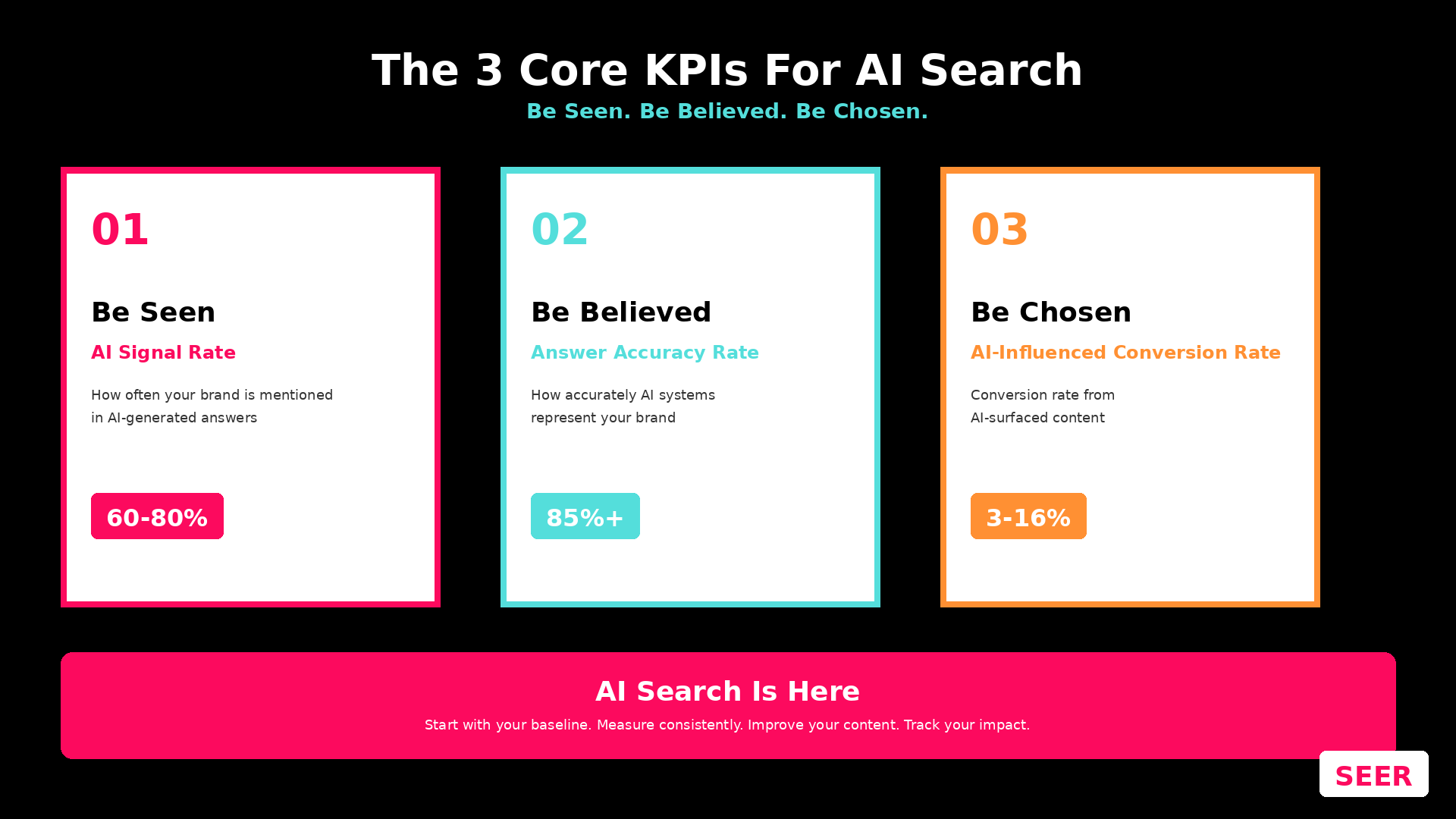Understanding Customer Behavior with Behavioral Economics
As marketers, we recognize that the user journey is complex, but often try to distill it down into core parts. For example, we often talk about strategies to influence behavior when customers are at the top, mid, or bottom of the funnel, but this creates a linear flow that usually isn’t reflective of the actual user journey.
We approach problems from a logical place with an ordered series of steps that resolve the issue. However, that is not how we behave. By understanding how behavioral economic principles influence your customer’s behavior and the mental shortcuts they use to make decisions, you can more reliably find a strategy that nudges people to convert.
Behavioral economics blends psychology and economics to better understand why people make the choices they do, and how they are influenced by external factors such as emotions, social pressure, and cognitive biases. This field has become increasingly important as companies are constantly trying to understand how consumers think and behave. Incorporating behavioral economic principles into your marketing strategy can help you better understand your customers, influence their decision-making, and ultimately drive sales.
Traditional Economics vs. Behavioral Economics
The traditional economic model assumes that consumers have perfect information, make decisions based on their preferences, and are always rational. They are expected to make logical choices that maximize their utility given their budget constraints. However, we know that people don’t always act logically, and this model fails to consider the fact that human beings often make decisions based on factors that are not purely economic. For example, people are willing to buy a more expensive product even though it has the same features as a cheaper alternative.
Behavioral economics, on the other hand, recognizes that people are not always rational and that their decision-making is influenced by a variety of external factors. We rarely have all the information needed to make informed decisions, not to mention that our ability to make decisions without perfect information is what has helped us evolve to this point.
Instead of ignoring our irrational behavior like traditional economics, behavioral economics celebrates our surprising ability to make decisions with imperfect information and dozens of factors to consider.
Cognitive Biases and Heuristics in Decision Making
Cognitive biases and heuristics impact all of us because our brains process information and often make decisions subconsciously. Cognitive biases is the systematic thought process caused by the tendency of the human brain to simplify information processing through a filter of personal experience and preferences. We use these cognitive biases to create a heuristic, or mental shortcut, that allows us to simplify problems and avoid cognitive overload. Essentially, these two work together to allow us to make quick decisions, multiple times a day, without getting overloaded (just start trying to identify all the decisions you make in one day and you’ll experience the overload).
While there are numerous cognitive biases and heuristics we use, we will cover a few below that are some of the most common that can be used by marketers. By understanding these biases and heuristics, marketers can create more effective strategies that account for these factors and influence consumer behavior in a more meaningful way.
Key Principles of Behavioral Economics in Marketing
The biases below can be leveraged to help push customers towards conversion. However, keep in mind that a strategy doesn’t mean throwing a bunch of tactics at a wall and seeing what sticks. Strategy means understanding the tools available to you and choosing the ones that best suit the situation. All of these principles are tools in your tool belt, but you don’t have to use them all at once.
Loss Aversion
Since people place more value on avoiding losses than on acquiring gains, framing marketing messages in terms of potential losses can be more effective than framing them in terms of potential gains.
Here, we can see Aflac leveraging this principle by focusing on the income lost after the death of a primary wage earner. They could have easily focused their messaging on the gains of financial safety after a primary wage earner's death with Aflac insurance, but that is likely less effective for driving quotes.
Anchoring
We know people's decisions are often influenced by the first piece of information they receive, so marketers can influence consumer behavior by presenting a reference point, or anchor, that frames subsequent information.
A classic example of anchoring occurred in 2010 when Steve Jobs introduced the iPad (watch the video here). He starts by talking about how the pundits at the time guessed the iPad would be priced at $999. He displayed that price up on the presentation screen while he talked about Apple’s cost goals, anchoring us to that $999 price tag. Then he reveals the iPad will be only $499. Now, we think that’s a deal because we were originally anchored to $999 and $499 is substantially cheaper! Had Jobs started with $499, it’s likely that there would have been more objection to the price point without the $999 anchor.
Social Proof
People tend to conform to the behavior of others in social situations. We are herd animals, and make decisions based on what those around us are doing. We often justify our choices like this, validating them on the basis that others were following a similar course of action.
We see these principles being leveraged heavily on SEMRush’s landing page. In the hero image they have featured recognizable brand names like Tesla, Samsung, and Walmart that trust SEMRush. This type of social proof can be very effective in driving conversions based on your audience.
Scarcity
People tend to value things more when they are perceived as scarce or in limited supply. Creating a sense of urgency or scarcity in marketing messages can be an effective tactic in driving sales.
We see this one often on ecommerce sites, typically with language like “Only 2 left in stock. Order now!” or “Deal ends at midnight!”. Scarcity has been abused and many customers are on to the ruse. Don’t create artificial scarcity where none exists.
Priming
As we’ve discussed, people's behavior is easily influenced by external forces in their environment. Priming consumers with certain words. Images, or even the music playing can influence their behavior. For example, a retailer might use images of luxury and sophistication in their advertising to prime consumers to associate their products with those qualities.
By incorporating these principles into their marketing strategies, marketers can increase the chances of influencing consumer behavior and driving sales. However, it is important to use these principles ethically and responsibly, without resorting to manipulative tactics that exploit cognitive biases and heuristics. Customers will catch on.
How to Incorporate Behavioral Economics into Your Marketing Strategy
We love data here at Seer, but we don’t just love quantitative data - qualitative data holds an equally important place in our hearts. As we often say, quantitative data can tell you the what, but qualitative data tells you the why. To truly influence your customer’s behavior, you need to not only understand what they do on your digital properties but also why they behave that way.
Identify Your Target Audience
Understanding the why behind customer behavior starts with knowing your customer. Not only do you need to be able to define the characteristics of your target audience, including demographics like income and also their generally held beliefs and the things they care about, but you also need to understand why your target audience is a fit for your brand. This is part of developing your Unique Value Proposition where you deeply understand the problems of your target audience and how your product/service offering solves that problem in a unique way.
Choose the Right Behavioral Economics Principles
As I said before, behavioral principles are tools in your toolbox - you don’t need every tool for every job. Not only will you need to define what behavioral economics principles you think will work to change the behavior of your audience, but you also need to make sure that the way in which you approach the use of the tool fits your brand.
For example, if your brand doesn’t support discounting (protecting the premium price), then the Scarcity principle might not be the right choice for you. Social Proof might be a better fit for a brand such as this.
Conduct Experiments and Measure Results
Regardless of the principles you choose to apply, you will need to test. The behavior of humans is messy and the effect of the internet on our brains and behavior is still being studied.
Additionally, you need to consider the impacts of leveraging any of these principles and the potential negative consequences that may occur. The backfire effect occurs when an unintentional negative response occurs after your behavioral intervention. Don’t release your behavioral changes to your audience until it has been thoroughly tested and confirmed to not backfire.
To add further complexity, oftentimes it is very difficult to conduct observational research for actions that happen on the internet, which is most things for us digital marketers. This is not only because running these types of experiments are costly for brands, but the journey may be long and consist of many steps. There are a lot of variables that can affect behavior at each one of these steps. And even if you ask people about their behavior, what they say can’t always be relied upon. As David Olgivy famously said:
“The problem with market research is that people don’t think how they feel, they don’t say what they think, and they don’t do what they say.” - David Ogilvy
And this is why we must always test.
Continuously Refine Your Strategy
While the word “test” might strike anxiety into the minds of former A+ students, there is no pass / fail here. You can always learn something from an experiment that doesn’t turn out the way you planned, providing additional opportunities to further refine your strategy. As pointed out above, human behavior is messy and so our experiments are likely to also be a little messy - we are humans after all.
With each experiment, observe what you learned about what worked and didn’t work. For example, in one experiment you might increase clicks on your CTA, but maybe customers abandon the form at a higher rate. Your focus should shift from increasing CTA clicks to increasing form completions, and that’s okay. Your strategy should grow and change and so should your experiments.
Use Behavioral Economic Principles Wisely
Behavioral economics principles are very powerful and, when used correctly, can positively impact businesses bottom line. However, behavioral economics principles are only as good as the customer research that fuels them. You must truly understand your audience in order to apply these principles without the risk of the backfire effect. Additionally, there’s a moral responsibility to use these principles ethically, and to not intentionally deceive customers. As Uncle Ben wisely said, “with great power comes great responsibility”.
Getting to truly understand your audience requires in-depth consumer research and marketing strategy to connect all your data sources together to generate insights. If you need help building your insights engine, get in touch with us!


